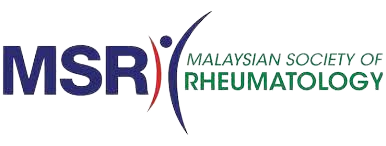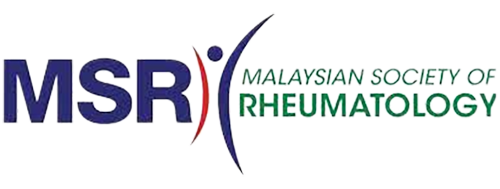Imagine your spine growing as stiff as a bamboo, that is what people living with Ankylosing Spondylitis experience if they do not get the right treatment.
Ankylosing Spondylitis or AS for short, is a type of arthritis that causes inflammation, pain and stiffness on the axial spine and sacroiliac joints, that is located just above the tailbone1.
The condition generally starts appearing when the patient is in their late teens or early twenties2, and typically at that age, it is easy for patients to brush it off as a normal back pain. However, it is important that patients realise the symptoms of AS early and get diagnosed before it gets worse.
Some of the most common symptoms of AS includes1,3,4:
- Pain and stiffness in the lower back and hips
- Pain worsens after periods of inactivity
- Poor posture or stooped shoulders
- Awakening at night due to pain
- Pain and stiffness especially in the morning or after periods of inactivity
Areas Affected by Ankylosing Spondylitis
Besides the spine, AS has also been found to commonly affect other areas, including1:
- Joints between the base of the spine and the pelvis
- Bones in the lower back
- Cartilage between the breastbone and ribs
- Between the shoulder joints
Health Complications of Ankylosing Spondylitis
Without treatment, the inflammation in the spine will result in a condition where the bones in the spine fuses together1. This severely impacts the patient’s body posture to an extent that causes them to be hunched-forward and have difficulty lifting their head, thus affecting their quality of life. If the condition is not managed, it might even lead to the fracture of the spinal bones1.
Besides the axial spine and sacroiliac joints, AS can also lead to a condition called enthesitis, where the inflammation affects the tendons or ligaments that are attached to the bones1. If the ligament in the ribcage is affected, it might result in breathing difficulty for a patient1.
Treatments for Ankylosing Spondylitis
Unfortunately, there is currently no cure for AS1. However, with an early diagnosis and a treatment plan, patients can manage their condition effectively.
Since AS is considered as an inflammatory disease, your doctor may prescribe Nonsteroidal Anti-Inflammatory Drugs (NSAIDs) to help manage the pain an inflammation3. For more severe cases, biologics can be considered as one of the effective treatments to manage the condition. Biologics are genetically engineered proteins created from living organisms that mimic normal biological functions, with the purpose of suppressing your symptoms and managing the condition5.
Besides seeking medical help, patients can also opt to change their lifestyles, however it is important that they consult their healthcare professionals to find out what suits their current needs and avoid worsening the condition.
References
1About Ankylosing Spondylitis – CreakyJoints. CreakyJoints. (2021). Retrieved 22 April 2021, from https://creakyjoints.org/education/ankylosing-spondylitis/.
2Patel, P., Hussain, H., & Fahey, J. (2019). Delayed Diagnosis of Ankylosing Spondylitis: A Missed Opportunity?. Cureus. https://doi.org/10.7759/cureus.5723.
3Ankylosing Spondilitis: Causes, Symptoms, and Treatments. Healthline. (2021). Retrieved 22 April 2021, from https://www.healthline.com/health/ankylosing-spondylitis.
4Ankylosing spondylitis – Symptoms and causes. Mayo Clinic. (2021). Retrieved 5 May 2021, from https://www.mayoclinic.org/diseases-conditions/ankylosing-spondylitis/symptoms-causes/syc-20354808.
5Are Biologics for Ankylosing Spondylitis (AS) right for You?. Healthline. (2021). Retrieved 22 April 2021, from https://www.healthline.com/health/beyond-back-pain-with-as/biologic-options.
Download the article here.
This public education is brought to you by:
CTX.AS.MY2107013003
Photo by Kindel Media from Pexels


